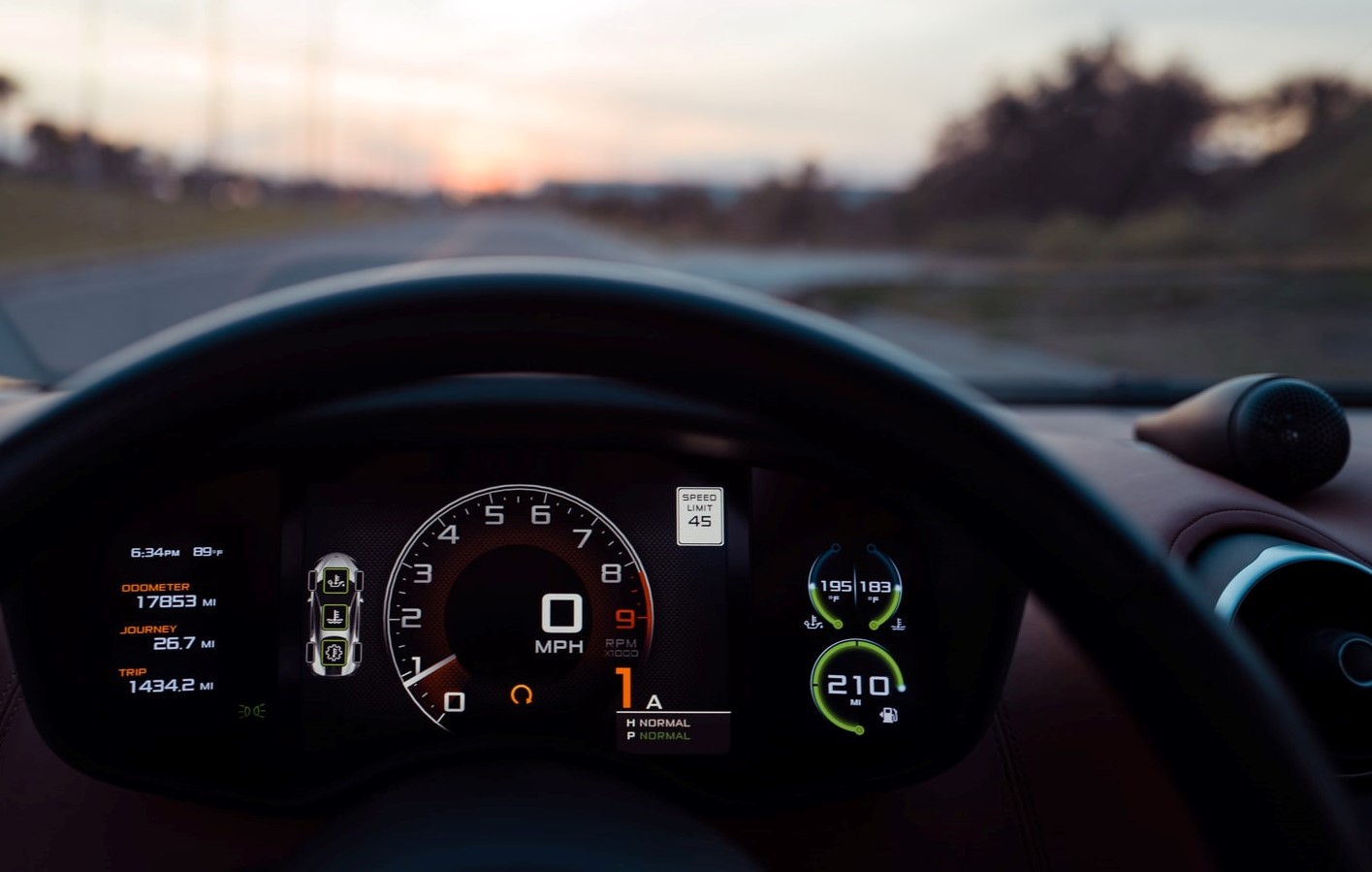“Do we really need to collect so much data?”
A question I get asked frequently. While discussing anything from PLCs to process historians - so many devices and machines are capable of logging historical data these days.
If you’re currently faced with the challenge of deciding how much operational data to collect: think about your car.
The dashboard should be clear, concise and not cluttered with unnecessary information. Everything needed to drive on a daily basis is available, data points you don’t need to worry about aren’t displayed. Maybe it looks something like the one above?
Behind the dashboard embedded computers will be monitoring and recording a vast amount of data while you drive.
This proves useful for maintenance, servicing and when something goes wrong. Much time and money can be saved in the diagnosis of a problem if historical events and system generated messages are available which explain what happened.
Breakdowns and expensive repairs can also be avoided by monitoring component characteristics which indicate wear before consumable parts fail. You will then be prompted to take action avoiding damage to more expensive components.
Now apply this thinking to your plant or factory by classifying your data:
KPIs - What are your key performance indicators? Which data points are needed to calculate them?
Daily operation - Information operational staff need to do their job, monitor performance and identify opportunities for improvement.
Maintenance - Data, when analysed through time, provides information on the performance and condition of your assets and equipment.
Diagnostics - Error and warning messages, process conditions, operator actions; these and many other data points can inform investigations when things go wrong allowing the identification of the root cause.

